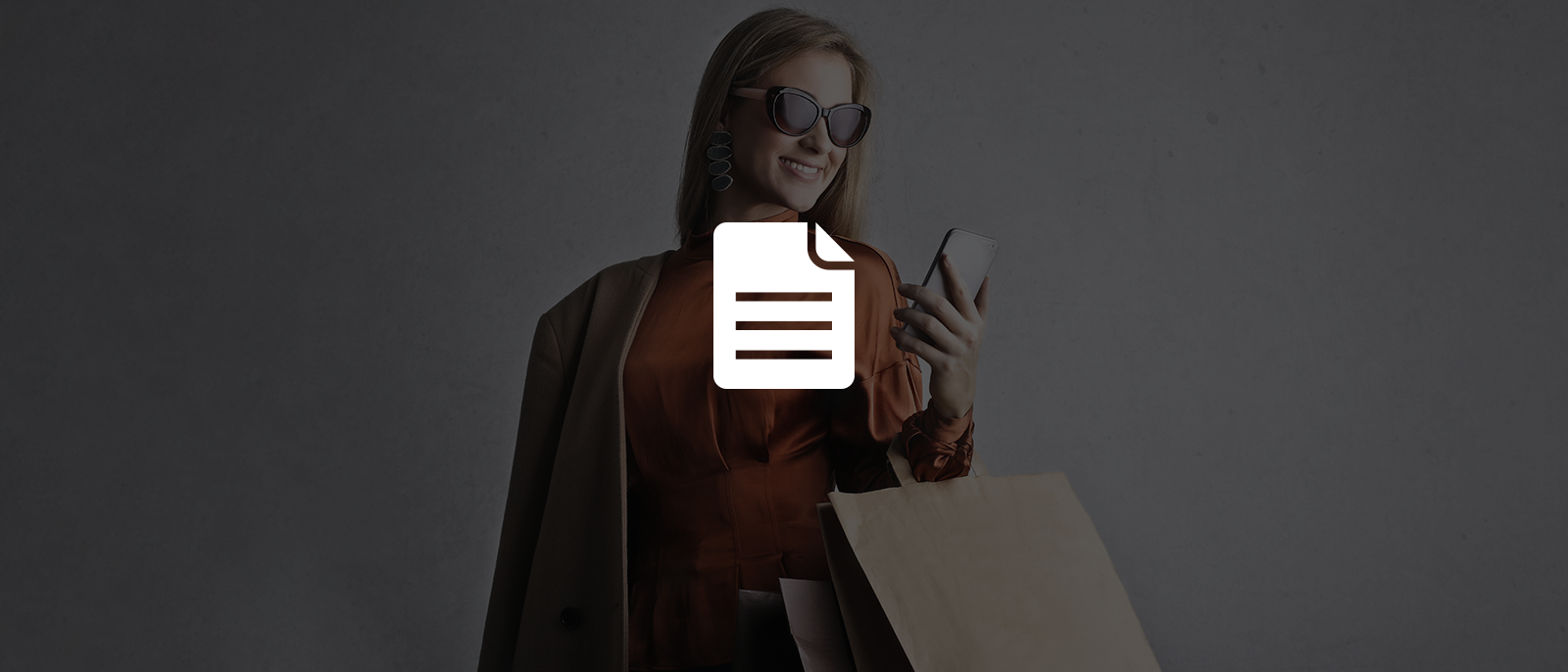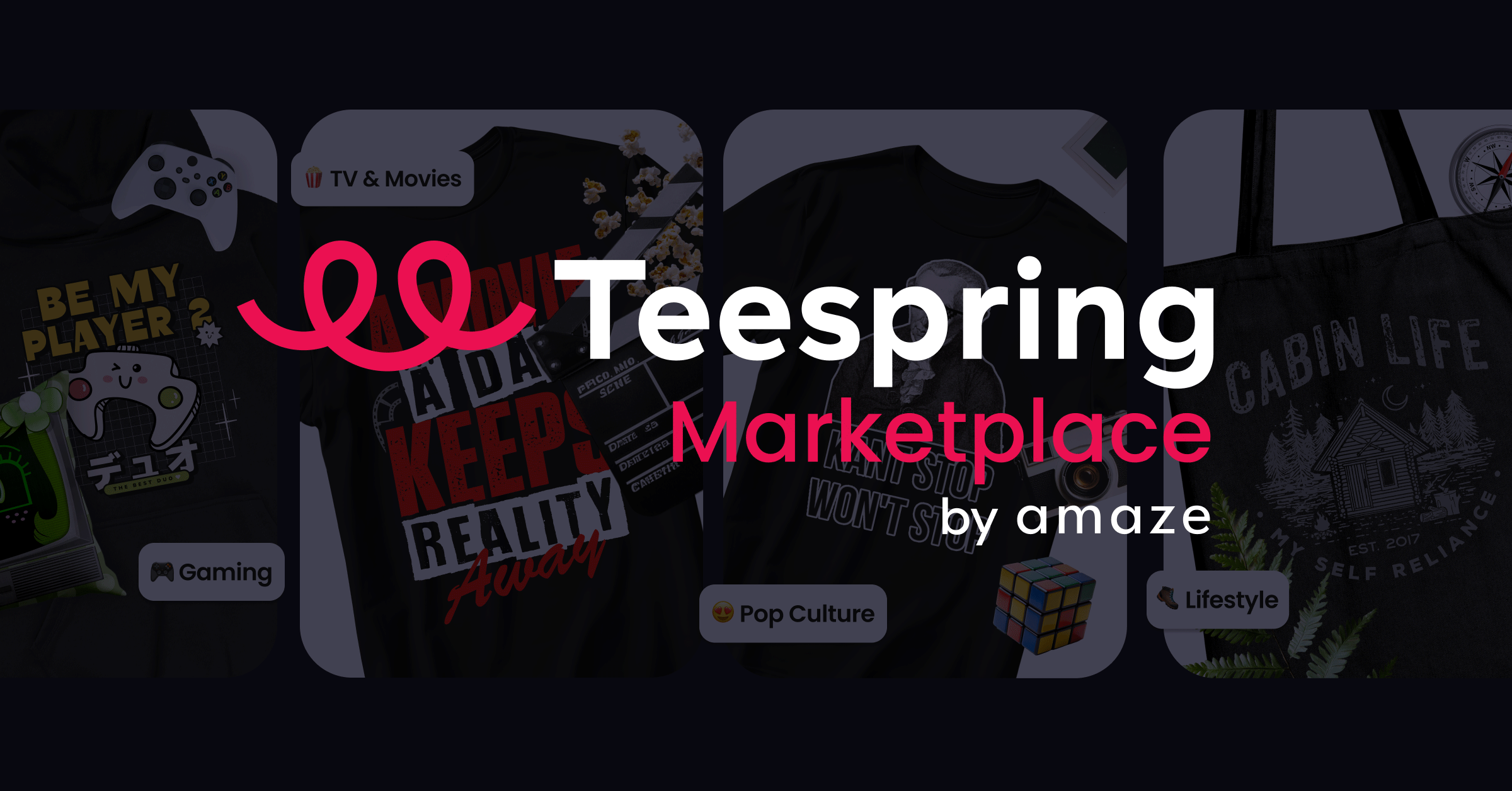An interview with Laura Haines from Famous
Team eCommerce Next interviewed Laura Haines from Famous to get more insights on how to create an engaging, mobile shopping experience, the importance of high-quality design in creating immersive brand content and shopping experiences, Ecommerce predictions, and trends for 2022. Following is our interview with her:
What will 2022 bring for ecommerce?
We can expect to see ecommerce grow even further and that will bring some big changes and more innovation in the ecommerce tech space. Here are a few key trends that will be important.
As big tech companies are exploring the Metaverse, we will see the adoption of AR and VR accelerate in ecommerce. Some of the things we will likely see next are AR glasses for Instagram shopping and consumers creating their own avatars and personal identity in VR. Using these technologies will allow brands to differentiate themselves and create more personal connections with customers through immersive and highly customized shopping experiences.
Social commerce is another area that will see further growth next year as people discover and buy right in their social stream. Relevance is the key driver here and user data proves that the more we know about a user and their preferences, the more we can surface the best products that lead them to purchase. Being able to target them at the right time, in the right channel means businesses need to think about their marketing and messaging at multiple touchpoints. Having a great website, email and social campaign is no longer good enough.
There are still some last hurdles brands will need to overcome to truly be successful in the area of social commerce. First, brands need to better streamline payments to remove any remaining barriers for customers to complete a purchase and have a seamless shopping experience. Some businesses have even started to adopt cryptocurrencies or NFTs, and are leading the way for others to follow suit. Live shopping will be the second challenge here. Brands that make it as easy as possible for shoppers to discover and view a product and then make a purchase via livestream will reap the benefits of increased customer engagement, loyalty, and ultimately sales.
Brands will also need to prioritize building trust with consumers and ensure they’re well educated about their products. While there are more and more channels available for customers to purchase as well as more content and ads used to influence their decisions, we see a decrease in the content length and customers’ decision-making time. If brands continue to encourage such quick, impulse, and often ill-informed purchase decisions, they risk having to deal with increased returns and customer churn. In 2022, it will be crucial for brands to be transparent about their offerings to foster customer trust and loyalty.
What does 2022 look like for small businesses?
2022 will be a true game-changer for the decentralization of ecommerce as we know it. Smaller brands will be able to compete with bigger players thanks to lower barriers of entry and tools that allow them to create premium, high-quality content as well as better and more easily sell their products online.
At Famous, we believe that in today’s digital world, unlocking your own potential, getting your ideas and business online, creating a website and online store, and building creative marketing campaigns should be fast and simple for businesses of all sizes. And anyone, regardless of their skill level and technical abilities, should be able to create high-quality sites, pages, and visuals to bring their ideas to life and build a successful business to ultimately connect with the world.
While some of the latest technologies such as AR and VR might still take a while to be more accessible to small brands, there are plenty of other tools out there that empower entrepreneurs and brands of all sizes to build engaging shopping experiences and look as premium as they feel – on par with big players. Ecommerce and design tech has immense potential for growth and we’ll continue to see more innovation to make it easy for anyone to create beautiful ecommerce experiences.
How do you see marketing strategies change for ecommerce businesses?
Consumers’ attention span continues to shorten and we’ve become increasingly used to multi-tasking – especially since everything became digital amid the pandemic. Therefore, marketing efforts are moving to shorter, easily digestible, and more targeted, personalized content.
We’ll see brands moving away from long-form content such as TV ads and leverage shorter, in-screen or online video content. Audio and banner advertising will also become more popular as a way to make content consumption a by-product of consumers’ browsing activities online.
As all generations have adapted to scanning QR codes amid the pandemic, we’ll likely also see marketers continue to use them in various ways to integrate and align the online and in-person experience.
How can brands create more engaging shopping experiences that increase conversions and sales?
First, it’s important to optimize your landing pages and entire shopping experience for mobile. With mobile making up 52% of internet traffic and desktop use declining, shoppers are on their phones and use social media apps to browse and shop. This means it’s crucial to optimize your pages and designs for mobile, which is different from the desktop and browser experience.
Brands should also use immersive, well-branded designs and visuals. With so much competition, it’s hard for brands to get customers’ attention online – it only takes approximately 50 milliseconds (0.05 seconds) for visitors to form an opinion about a website that determines whether they will stay or leave. This translates to your social posts and pages, so it’s essential to use videos, animations, and other immersive visuals that engage the shopper and trigger whatever emotions you want them to feel about your brand and product.
After you’ve created a top-notch mobile shopping experience, make sure to elevate and promote it with creative marketing campaigns that drive people to your store. If you don’t engage with them where they are, shoppers likely won’t find out about your brand, so be sure to cover all relevant channels – from social media to email and text message.
Focus on telling your brand story rather than selling your products to build a more personal relationship with consumers and allow them to connect with your brand on a deeper level. This will ultimately lead to higher conversion rates, increased customer engagement, and loyalty.
With consumer attention limited, what are some design strategies brands can implement to capture their attention?
To best capture consumers’ attention, using immersive and engaging visuals, as mentioned previously, is key. Research has shown that customers are twice as likely to purchase a product if it has a 3D product image rather than a flat image, so make sure this is a priority.
Your messaging across various channels – from social media accounts to landing pages – should also be succinct, straight to the point, and easy to understand. Avoid jargon or sales language and effectively convey the value your product provides. Convey to them the why – why the customer should have that product in their life and how it will improve it. That allows you to tap into some truly powerful messaging.
Intuitive navigation is another important design element. Shoppers should be able to easily browse your page to see and access relevant products and information quickly.
Finally, tailor your product pages to your different audience segments and where they are in the marketing and sales funnel to optimize engagement and conversion rates.
Originally published on Ecommerce Next at https://www.ecommercenext.org/interview-with-laura-haines-from-famous/





